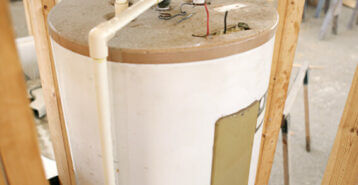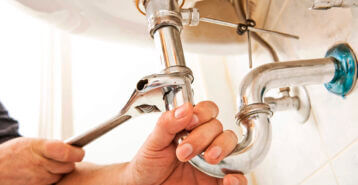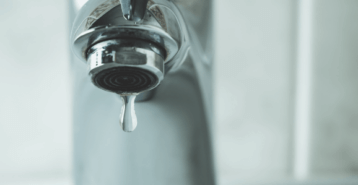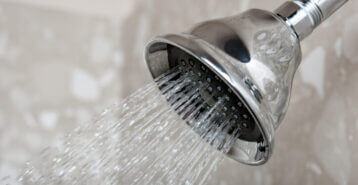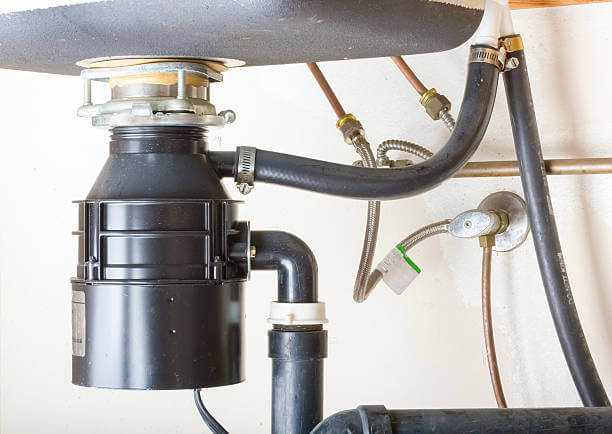Comprehensive Overview of Your Home’s Plumbing System
Plumbing is one of the most essential systems in a home, responsible for delivering clean water, removing waste, and even supplying gas for appliances. A properly functioning plumbing system ensures convenience, sanitation, and safety. Understanding how your home’s plumbing works can help prevent issues, improve efficiency, and guide maintenance efforts.
This guide breaks down the two main types of home plumbing systems — water supply and drainage — and explores common plumbing problems, maintenance tips, and when to call a professional.
How Plumbing Systems Work
Water typically enters the home through a main supply line connected to a municipal water system or private well. Once inside, the water is distributed through a network of pressurized pipes, allowing it to travel to various fixtures and appliances. Maintaining the right pressure is crucial to ensure consistent flow, especially in multi-story homes or those with extensive plumbing runs. The layout of your home, including the number of bathrooms and distance between fixtures, can impact how effectively water is delivered.
Home plumbing systems consist of two main subsystems that work together to provide clean water and remove waste:
- Water Supply System: Brings fresh, pressurized water into the home from either a municipal supply or private well. This system is responsible for delivering clean water to faucets, showers, toilets, appliances, and outdoor spigots. It includes pipes, valves, and fixtures that regulate flow and temperature.
- Drainage System: Safely removes used or wastewater from sinks, showers, toilets, and appliances. It relies on gravity and venting to guide wastewater out of the house and into a municipal sewer or private septic system. This system ensures proper sanitation and prevents contamination.
These two systems must remain separate to prevent contamination. However, they work together to provide clean water and remove waste efficiently.
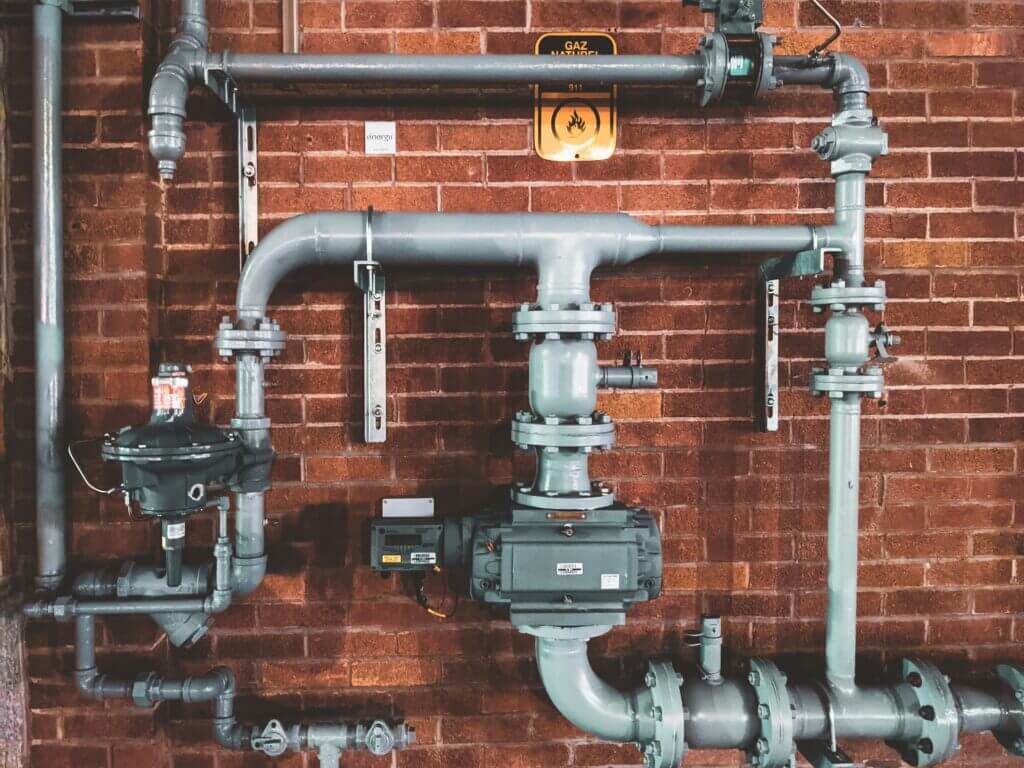
Key Elements That Make Plumbing Work
- Sewer or Septic Systems: Homes in urban areas connect to municipal sewer lines, while rural homes rely on septic tanks for waste disposal.
- Pipe Materials: Plumbing pipes are made of PEX, PVC, copper, or cast iron, depending on their purpose and location.
- Gravity’s Role: Drainage systems rely on gravity to transport wastewater away, requiring proper pipe slope to prevent clogs and backups.
Water Supply Systems
The water supply system ensures fresh water flows into the home for drinking, cooking, bathing, and household tasks. This system is pressurized, allowing water to travel efficiently through pipes.
How the Water Supply System Works
- Water Source: Water enters the home from a municipal supply or a private well.
- Main Water Line: This pipe distributes water throughout the house.
- Pipes and Valves: Various pipes and shutoff valves control the flow of water to different areas.
- Faucets and Fixtures: Water reaches sinks, showers, toilets, and appliances via faucets and fixtures.
Main Components of a Water Supply System
Pipes: Transport water from the source to different fixtures.
Valves: Control water flow and allow for shutoff in case of leaks or repairs.
Fittings: Connect pipes together or change direction as needed.
Faucets & Fixtures: Deliver water for everyday use.
Drainage Systems
A home’s drainage system removes wastewater and sends it to the sewer or septic system. Unlike the water supply system, it is not pressurized and relies on gravity for proper flow.
How the Drainage System Works
- Wastewater Collection: Water from sinks, toilets, and appliances flows into drainpipes.
- Traps and Vents: Traps prevent sewer gases from entering the home, while vents regulate air pressure in the plumbing.
- Waste Disposal: The water is transported to a sewer system or a septic tank for treatment.
Main Components of a Drainage System
Drain Pipes: Transport waste and wastewater out of the home.
Traps: U-shaped pipes under sinks that prevent sewer gases from escaping.
Vents: Allow air circulation, preventing slow drainage and vacuum pressure.
Gas Plumbing
A home’s gas plumbing system delivers natural gas or propane to appliances like stoves, water heaters, and furnaces. Unlike water supply systems, gas lines are pressurized and require careful installation and maintenance to prevent hazards.
How the Gas Plumbing System Works
- Gas Supply: Gas enters the home through a meter and is transported via pipes to appliances.
- Pressure Regulation: Pressure regulators control gas flow to ensure appliances receive the correct amount.
- Appliance Connection: Gas lines connect to appliances to provide fuel for their operation.
- Safety Features: Shutoff valves and regulators help prevent leaks and pressure issues.
Main Components of a Gas Plumbing System
Gas Pipes: Transport natural gas or propane throughout the home.
Shutoff Valves: Allow for emergency or maintenance shutoff of the gas supply.
Regulators: Control the pressure of gas to ensure safe appliance operation.
Vents and Airflow Systems: Safely expel gases like carbon monoxide from the home.
How These Systems Work Together
- Water supply and drainage must be independent to prevent contamination.
- Some overlap occurs at fixtures where clean water enters and wastewater exits (e.g., sinks, toilets).
- Backflow preventers ensure wastewater cannot flow back into the freshwater supply.
A well-designed plumbing system keeps water safe and flowing efficiently while removing waste properly.
Common Plumbing System Problems
Like any home system, plumbing requires maintenance and occasional repairs. Here are some of the most frequent plumbing issues homeowners face:
1. Low Water Pressure
Causes: Mineral buildup, leaks, or municipal supply issues.
Solution: Clean aerators, check for leaks, or install a pressure booster.
2. Clogged Drains
Causes: Hair, grease, soap scum, or food particles.
Solution: Use a drain strainer, avoid pouring grease down the sink, and schedule regular cleanings.

3. Leaky Pipes
Causes: Aging pipes, corrosion, or improper installation.
Solution: Replace worn-out sections or call a plumber for major leaks.
4. Hard Water Issues
Causes: High mineral content in water, leading to limescale buildup.
Solution: Install a water softener to reduce mineral deposits in pipes and appliances.
5. Sewer Backups
Causes: Tree roots, clogs, or damaged sewer lines.
Solution: Call a professional to inspect and clear blockages.
Plumbing System Maintenance & When to Contact a Plumber
Routine maintenance is key to avoiding costly plumbing issues. Here’s what homeowners can do:
1. Regular Inspections
- Check pipes for leaks and corrosion.
- Inspect faucets and fixtures for drips.
- Ensure drains are clear and vent pipes are unobstructed.
2. Seasonal Plumbing Prep
- Winterize pipes to prevent freezing.
- Clean gutters and downspouts to avoid drainage issues.
- Inspect sump pumps before storm season.
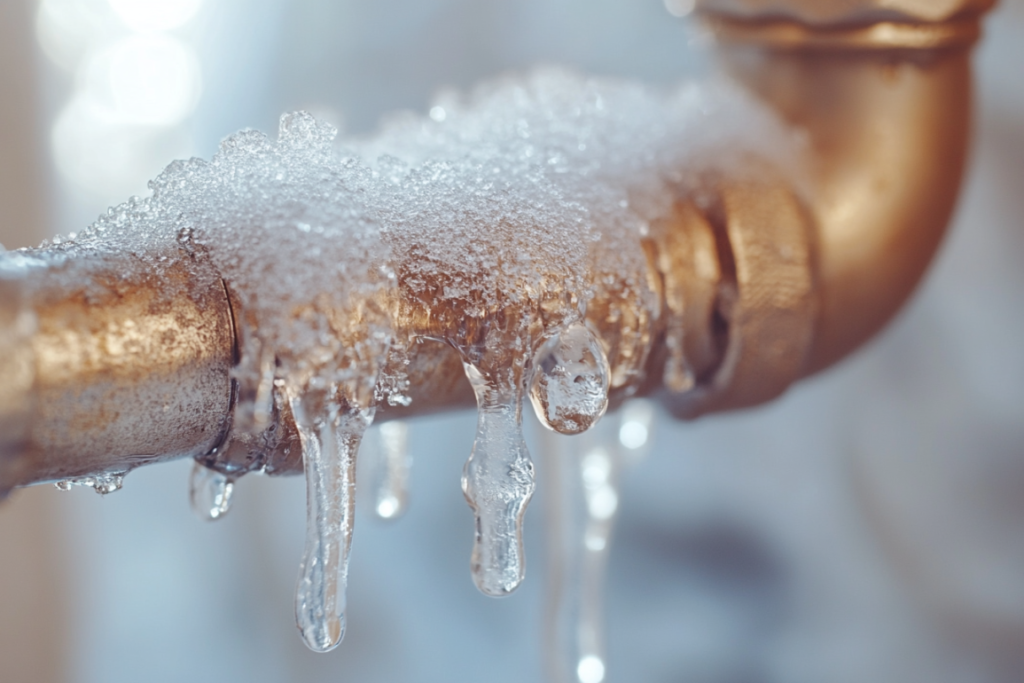
3. Water Quality Management
- Install a water filtration system to remove contaminants.
- Use water softeners to prevent mineral buildup in pipes.
4. When to Call a Plumber
- Major Leaks: If you spot water pooling or suspect a hidden leak.
- Sewer Smells: Unpleasant odors indicate a drainage issue.
- Persistent Low Pressure: May signal a serious supply issue.
- Gas Line Problems: A licensed plumber must handle gas leaks and installations.
Your home’s plumbing system is crucial for water supply, drainage, and even gas distribution. By understanding how these systems work, recognizing common issues, and maintaining plumbing components, homeowners can avoid costly repairs and ensure efficient performance.
For expert plumbing assistance, routine inspections, or emergency repairs, we can connect you with trusted professionals in your area. Whether you need water system repairs, drainage fixes, or gas plumbing services, our network of licensed plumbers can help keep your home running smoothly.
Compare top-rated plumbing pros in your area.
Read real homeowner reviews, explore qualifications, and view promotions. Modernize makes it easy to browse professionals and find one that will be perfect for your project.

